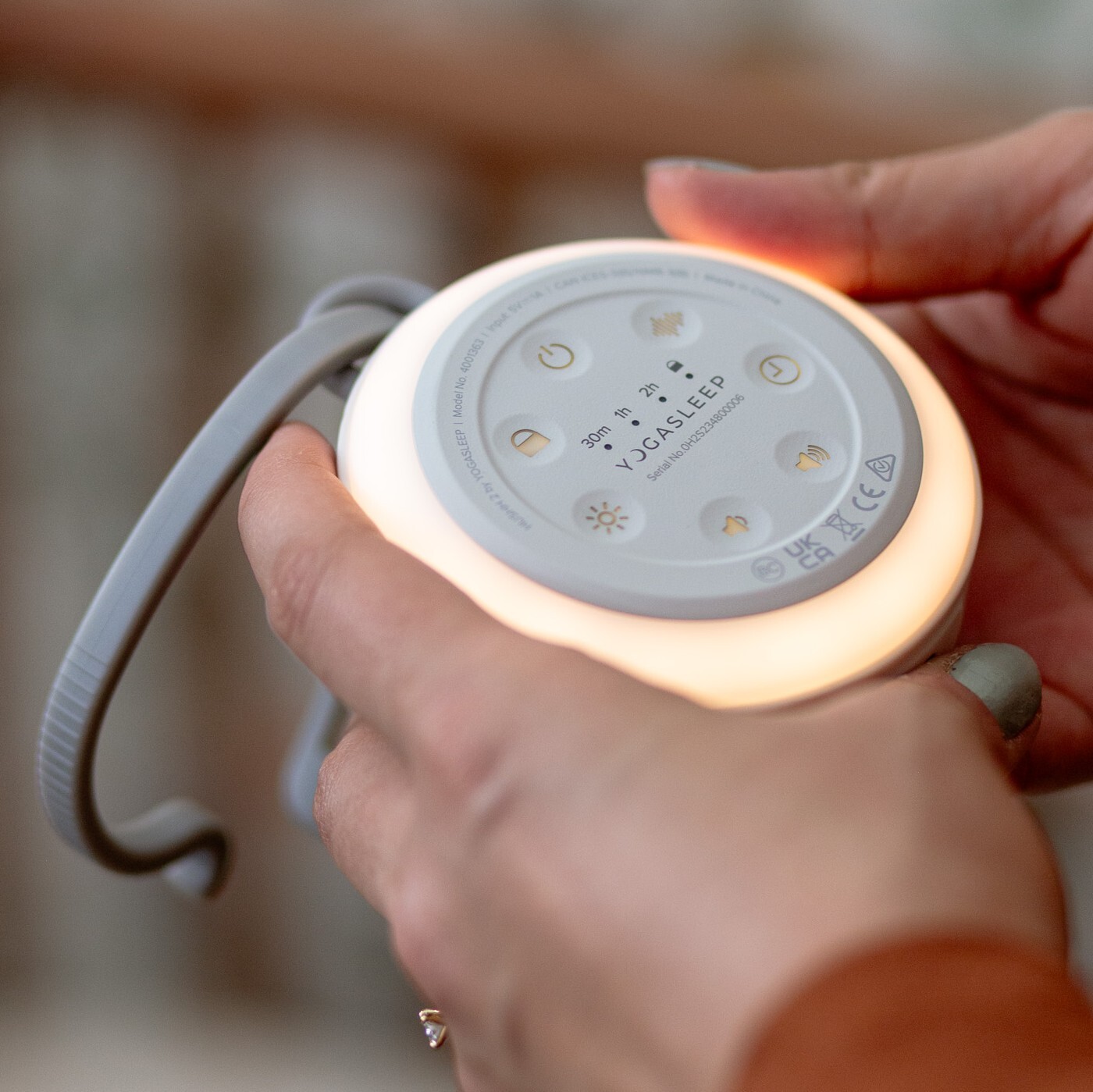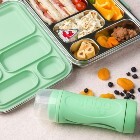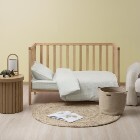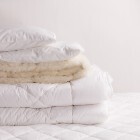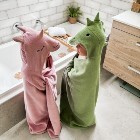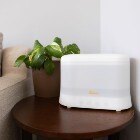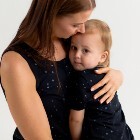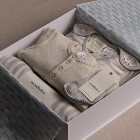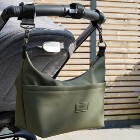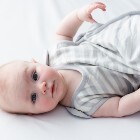Worrying about the safety of your children starts from as soon as you find out you are pregnant until well past their teenage years and beyond! But at least when worrying about your baby in bed, there are many things you can do to help your baby stay safe.
One of the main issues to consider with your baby is reducing the risk of SUDI or SIDS – Sudden Infant Death Syndrome. This is the unexplained death of an otherwise healthy baby, generally while sleeping. As well as reducing SIDS risk, you also need to ensure your baby is safe from suffocation, strangulation and falls.





